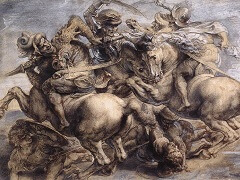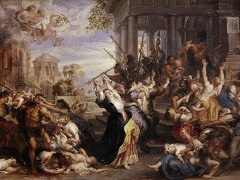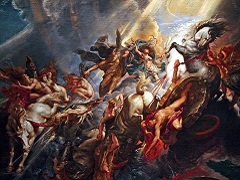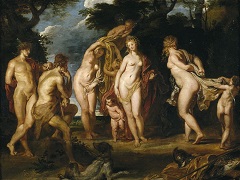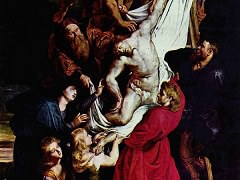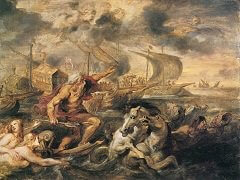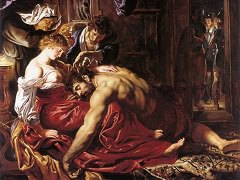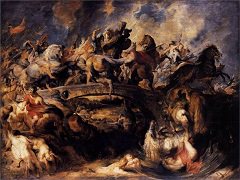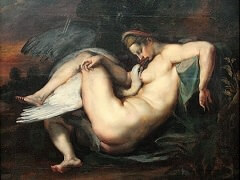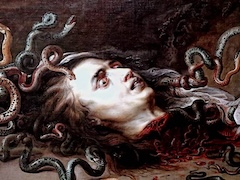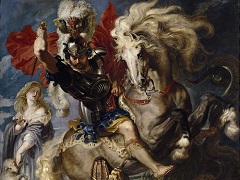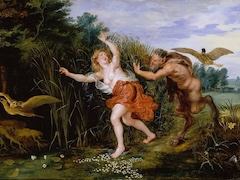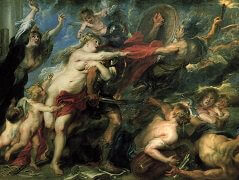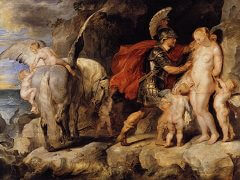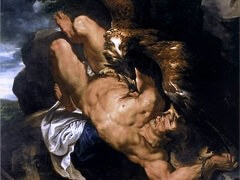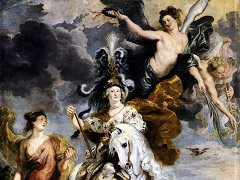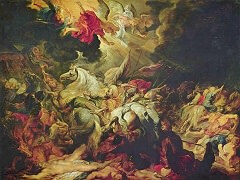The Three Graces, 1639 by Peter Paul Rubens
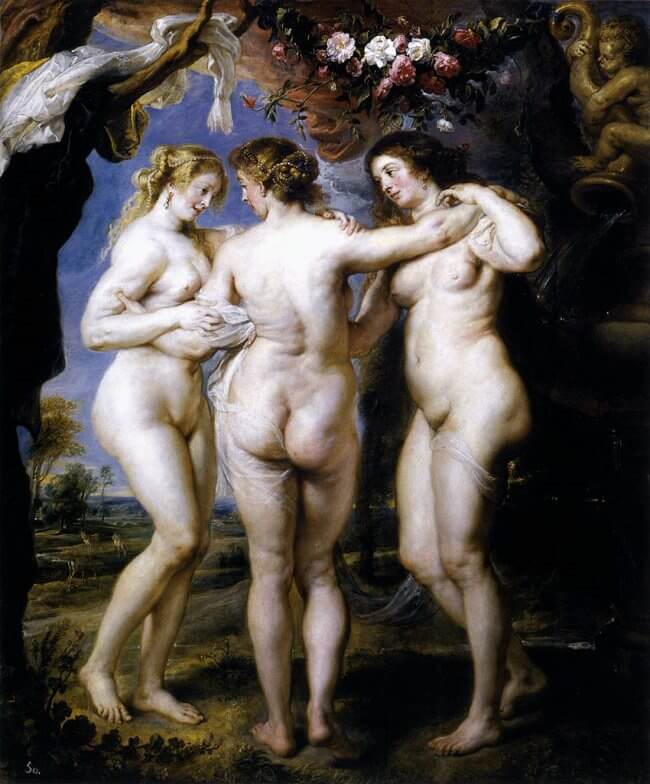
The Three Graces is one of the artist's final works. He had portrayed this theme several times since about 1620, but only later adopted the form that prevailed in classical Antiquity, with the three figures forming a circle so that one of them has her back to the spectator.
They were the goddesses of pleasant charm, of charitable deeds and of gratitude . .. without them nothing would be graceful or pleasing. They gave people friendliness, uprightness of character, sweetness and conversation... They were presented as three beautiful virgins and were either completely naked or clothed in some fine, transparent fabric...They stood together all three so that two of their faces were turned towards the spectator and only one was turned away from him."
Rubens' late painting of three nude figures magnificently illustrates the artist's extraordinary handling of incarnate or human flesh tones. Rubens builds them up using the three primary colours yellow, red and blue. An unusually high proportion of blue is evident here. In this way, the human figure bears the same primary colours that make up the appearance of the world and the entire cosmos, and all that is gathered here in the landscape and flowers, the sky and the trees.


